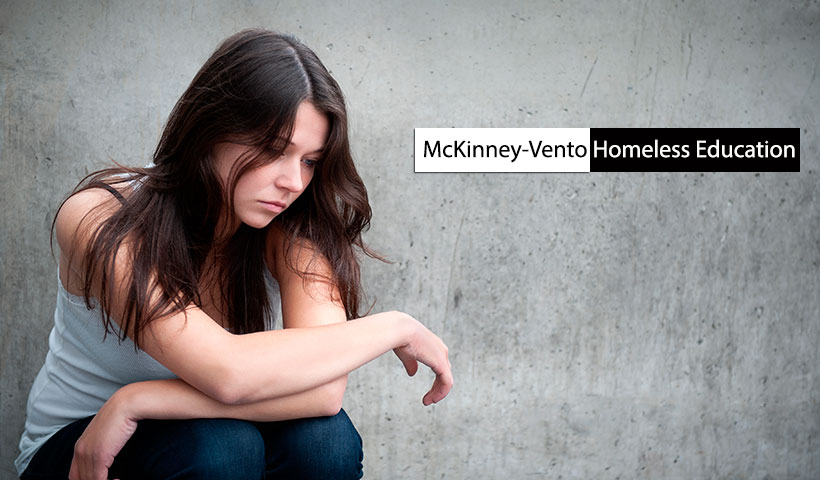

The McKinney-Vento Homeless Assistance Act ensures educational rights and protections for children and youth experiencing homelessness. During the 2014-2015 school year, The School District of Palm Beach County served over 3,750 homeless children and youth.
The Federal McKinney-Vento Homeless Assistance Act states that children and youth who lack a fixed, regular, and adequate nighttime residence are considered homeless. If, due to a loss of housing, a child must live in a shelter, motel, vehicle, campground, on the street, in abandoned buildings, or doubled-up with relatives or friends, then he/she is eligible to receive services provided under the McKinney-Vento Act.
The McKinney-Vento Education for Homeless Children and Youth Program is designed to address the problems that homeless children and teens have faced in enrolling, attending, and succeeding in school. Under this program, state educational agencies must ensure that each homeless child and teen has equal access to the same free, appropriate public education, including a public preschool education, as other children and teens.
Homeless children and teens must have access to the educational and other services that they need to enable them to meet the same challenging state student academic achievement standards to which all students are held. In addition, homeless students may not be separated from the mainstream school environment.
Florida Department of Education
